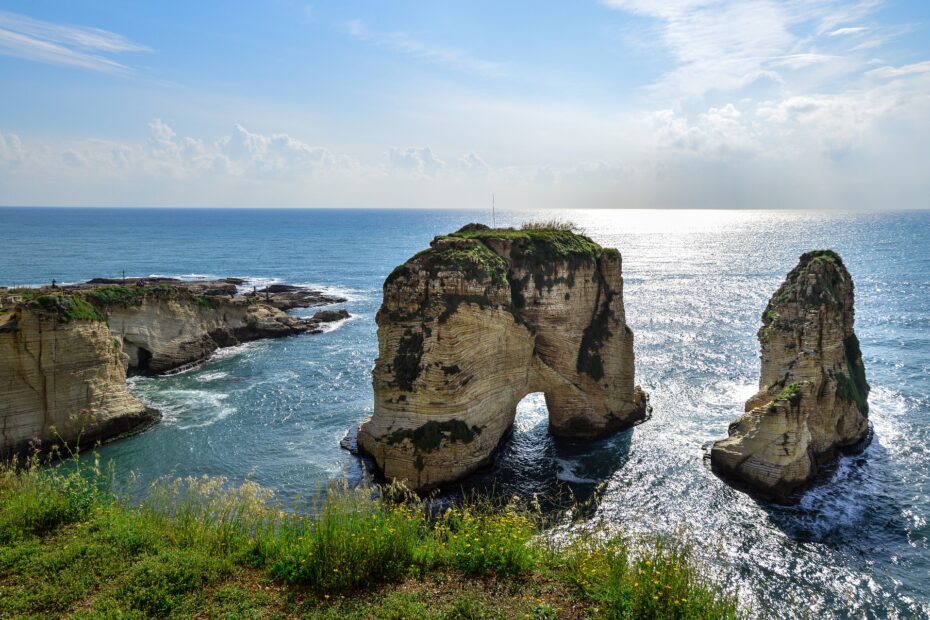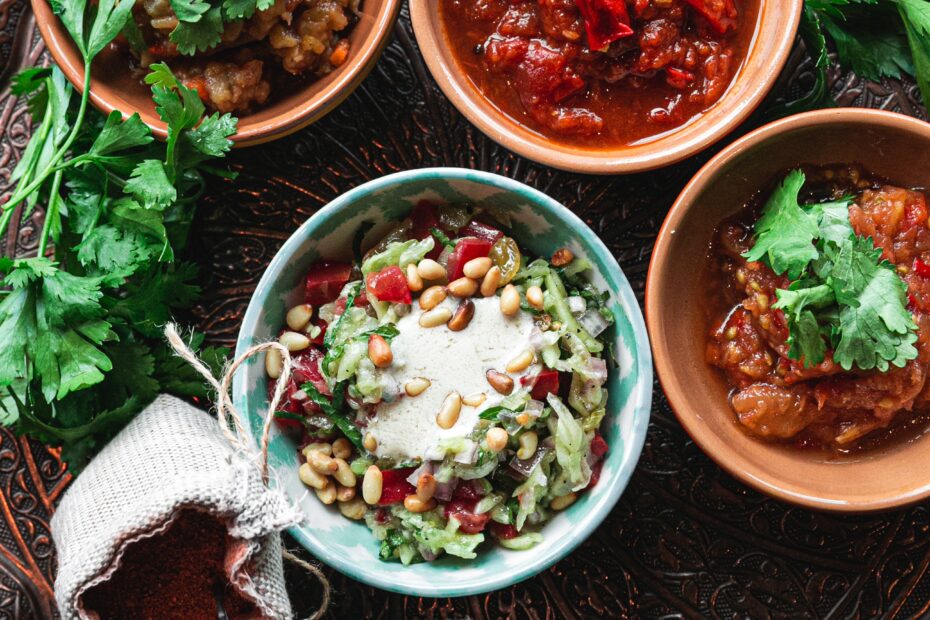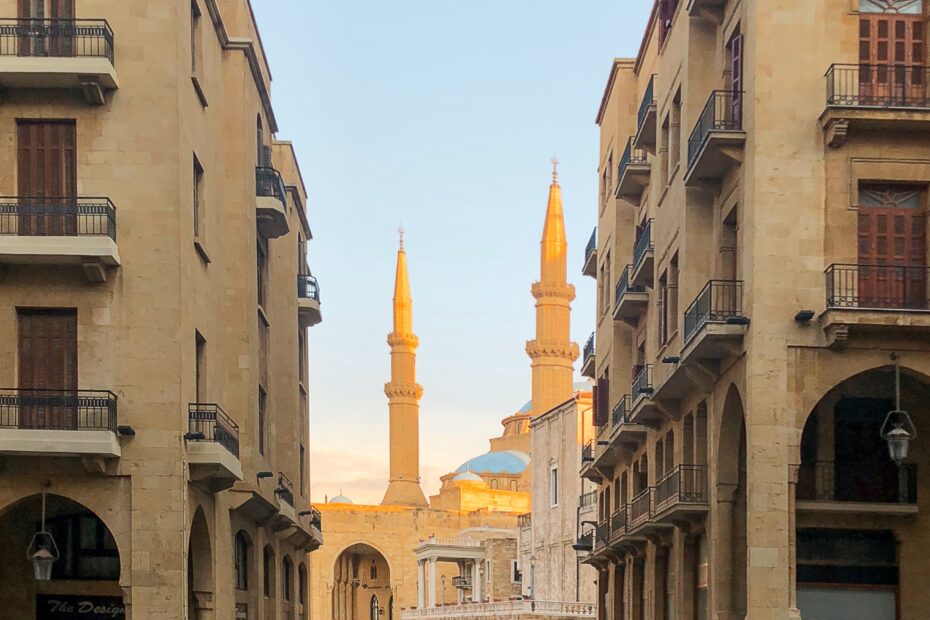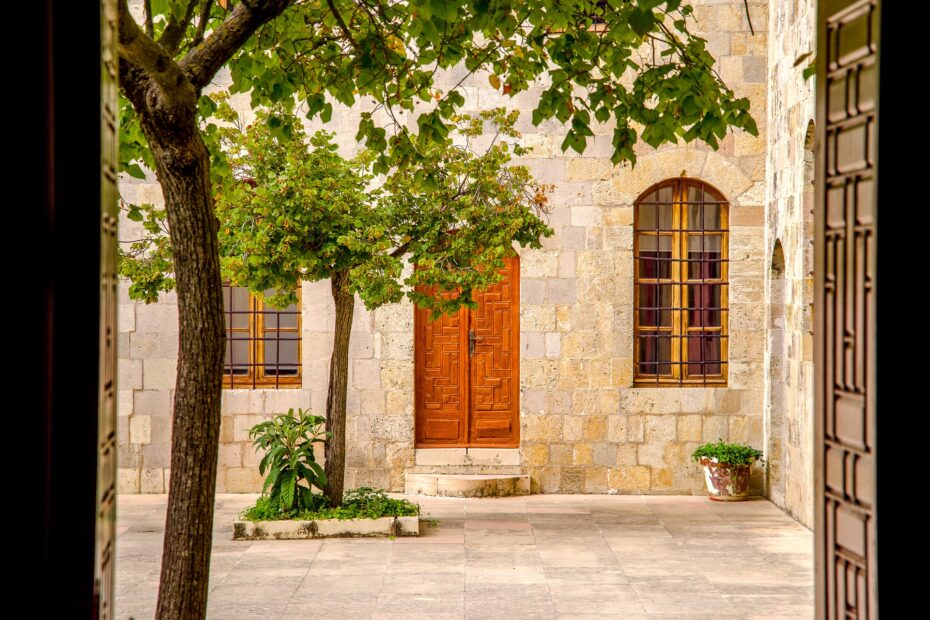Entre el Islam y el Cristianismo
(7 dias / 6 noches)
Llegada al aeropuerto, asistencia y traslado al hotel. Cena en Beirut.
Visite el Museo Nacional de Beirut con una prestigiosa colección de monedas de diferentes sitios arqueológicos en todo el Líbano. Deténgase en la cornisa frente a las palomas de las cavernas, luego camine por el centro de Beirut para descubrir las diferentes áreas (la Place de l’Etoile y la Place des Martyrs), los sitios arqueológicos (el jardín del perdón y los baños romanos) . ) así como los diversos lugares de culto, como la Mezquita Mohammad Al Amin, la Catedral de San Jorge de la Iglesia Ortodoxa Griega y la Iglesia de San Luis de la comunidad latina construida en el siglo XIX. (Posibilidad de celebración y encuentro eucarístico). Regreso al hotel, cena y alojamiento en Beirut.
Road to the south of Lebanon, crossed by the steps of Christ. Visit Cana, located at the back of the Land of Tire, the place where, according to early church historians, Jesus attended a wedding to perform his first miracle. On the way to Maghdoucheh, the town that dominates Sidon, where the Shrine of Our Lady of Waiting is built, around a cave where the Virgin Mary awaited her Son during her pilgrimage through southern Lebanon. Continuation to the Chouf mountain, a region of coexistence between Druze and Maronites, visit Deir al Kamar, former capital of the Ottoman province of Mount Lebanon, walk through its streets and visit the church of Saydet al Tell (possibility of celebration and Eucharistic meeting ). Return to the hotel in Beirut, dinner and overnight.
Departure from the hotel. Visit of the Sanctuary of Our Lady of Lebanon in Harissa, then visit of the Basilica of Saint Paul the Church of the Greek Catholics with its wonderful mosaics. On the way to the Notre Dame de Bzommar convent, Armenian Catholic patriarchal seat since the 18th century. Continuation to Annaya, where the hermitage and the convent where Makhlouf lived, the great Maronite saint Charbel. In the late afternoon, walk through the old town of Byblos and visit the Saint Jean-Marc Crusaders church (Possibility of celebration and Eucharistic meeting). Dinner at Jounieh or Byblos.
De camino a la región de Batroun, visita de la ciudad vieja y su iglesia Saydet al Baher que sobresale de la muralla fenicia, continuación hacia el interior de Batroun para visitar el lugar de enterramiento del santo maronita Rafqa en Khrebta y las tumbas de San Neemtallah. Hardini, Beato Stephan Neemeh y Kfifane. Visite el monasterio griego ortodoxo de Balamand, que era una abadía cisterciense en el momento de las cruzadas, y el convento griego ortodoxo Saydet al Nouriyeh, ubicado en la cima de un promontorio rocoso que ofrece una magnífica vista del mar. (Posibilidad de celebración y encuentro eucarístico). Cena y noche en Jounieh o Byblos.
Salida del hotel. Dirígete al norte para visitar las regiones de Cedros Becharré, con vistas al valle de Qadisha. Visita al museo del poeta, escritor y pintor libanés Gibran Khalil Gibran, autor de «El profeta», luego un breve paseo por el bosque bíblico de cedros, ubicado a 2000 m. altitud. En el valle sagrado llamado Qadisha en siríaco, visite el monasterio de San Eliseo (Mar Lichaa), lugar de la reforma monástica maronita en el siglo XVII y el monasterio de San Antonio Qozhaya, donde se colocaron las primeras imprentas en el siglo XVII. (Posibilidad de celebración y encuentro eucarístico). Regreso al hotel, cena y alojamiento en Jounieh o Byblos.
Traslado del hotel al aeropuerto para su salida.




